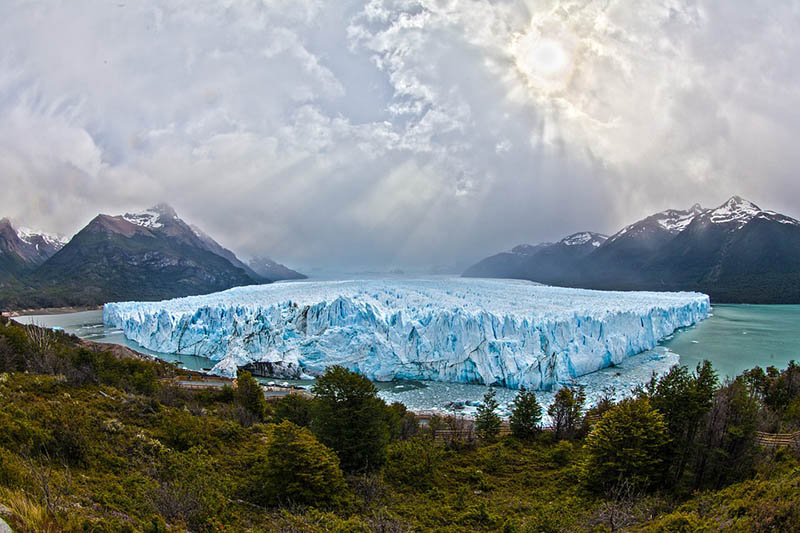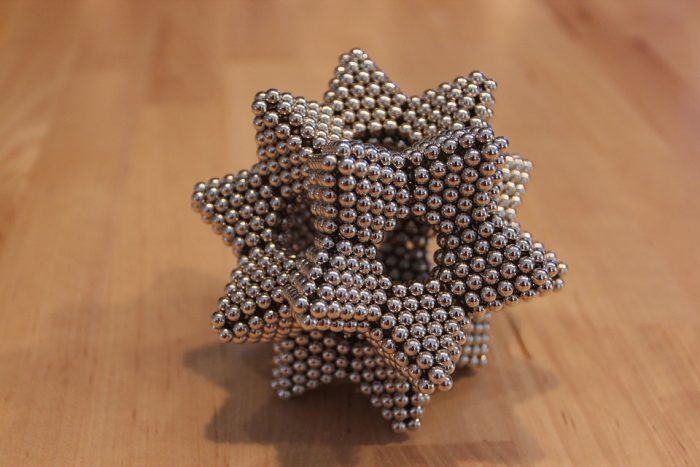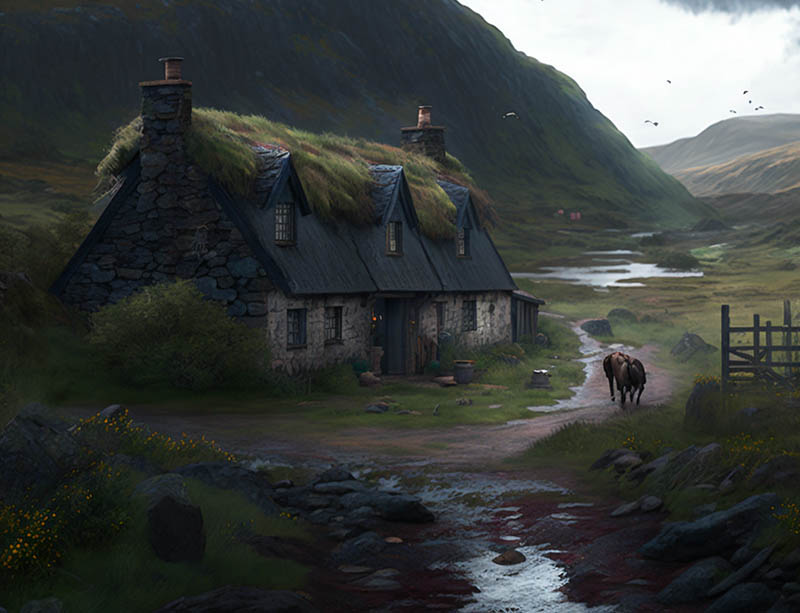Glaciers also flow, like rivers, they just do it slowly. They are very beautiful, but at the same time dangerous. The science of studying glaciers is called glaciology.
Amazing facts about glaciers
- There are hundreds of thousands of glaciers on Earth, covering a total area of about 6,17 million sq. miles (16 million sq. km), which is about 11% of the total land area of the earth. This is comparable to the area of Russia, the largest country – 6.56 million sq. miles (17.1 million sq. km). By the way, during the last Ice Age, they covered 32%.
- The only continent without glaciers is Australia. All the local mountains aren’t high enough for their peaks to be cold enough for glacier formation in such latitudes.
- Glaciers contain huge reserves of fresh water. In fact, they store about 75% of the world’s fresh water! If they all suddenly melted, the level of the world’s oceans would rise catastrophically, which would lead to a global catastrophe.
- The speed of movement of glaciers can be very different, it depends on many factors – relief, temperature, humidity, and much more. It can be as 0.5-1 inches (1-2 cm) per day as up to 3 feet (10 meters) for the same period of time.
- Glaciers are the main source of icebergs which can be very dangerous. Icebergs are formed by breaking off ice shelves and sliding into the sea or ocean.
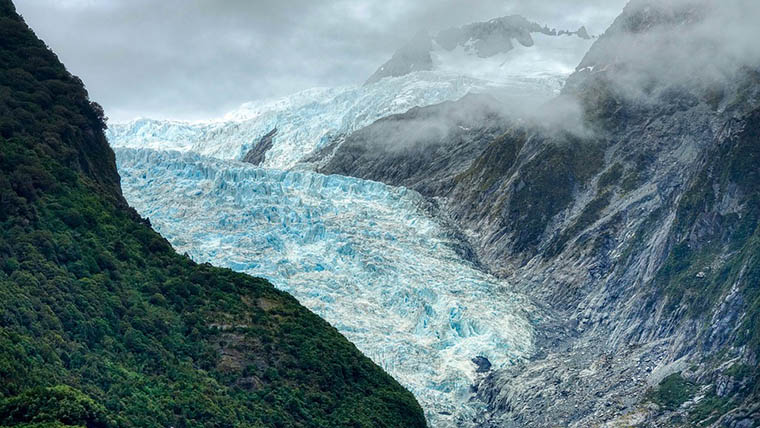
Glaciers of the world
- The southernmost glacier in Europe is located in Italy. You can see it on Mount Etna, not on the slope, but in the Grotta del Gelo cave. The cave was formed after the volcano eruption in 1947 and gradually filled with ice.
- Greenland glacier Jakobshavn once set an absolute speed record, located in Greenland. As the measurements carried out in 2003 showed, it moved at a speed of up to ~120 feet (40 meters) per day, covering a distance of ~39,400 feet (12.8 km) in a year.
- The Lambert Glacier is the largest in the world, it has a length of 250+ miles (over 400 km) with a width of 50 miles (80 km). It is located in Antarctica and contains about 8% of all Antarctic ice. Its ice velocity is from 150 feet (50 m) to 3600 feet (1200 m) per year.
- In Norway, there is a famous glacier Svartisen, the maximum depth of which reaches 2086 feet (636 meters). Well, technically Svartisen is a collective term for two glaciers, one of which is especially interesting because it is the lowest in Eurasia.
- Glaciers in the Alps are melting the fastest due to climate change. Scientists have calculated that, if the situation doesn’t change, by the end of the XXI century their area will be reduced by 10-20 times compared to the area they occupied at the beginning of this century.
Facts about glacier ice
- Glacial ice often looks rather blue than white. This is due to the fact that in old glaciers the density of ice is very high. Ice shrinks under its own mass, thereby displacing tiny air bubbles that make it white and partly transparent.
- In recent decades, almost all of the world’s glaciers have been slowly melting due to global climate change. Scientists estimate that they lose about 8 billion tons of mass annually due to melting ice in the Himalayas alone.
- The Earth’s two ice sheets cover most of Greenland and Antarctica and account for more than 99% of the world’s glacial ice.
- The age of the glacial ice can be hundreds of thousands of years, which makes it a valuable resource for assessing climate change. By extracting and analyzing ice, scientists can learn about what the climate was like on Earth thousands of years ago.
- The Antarctic ice sheet is actually a glacier and has existed for at least 40 million years. According to the US Geological Survey, if it melted completely, sea levels worldwide would rise by 210 feet.
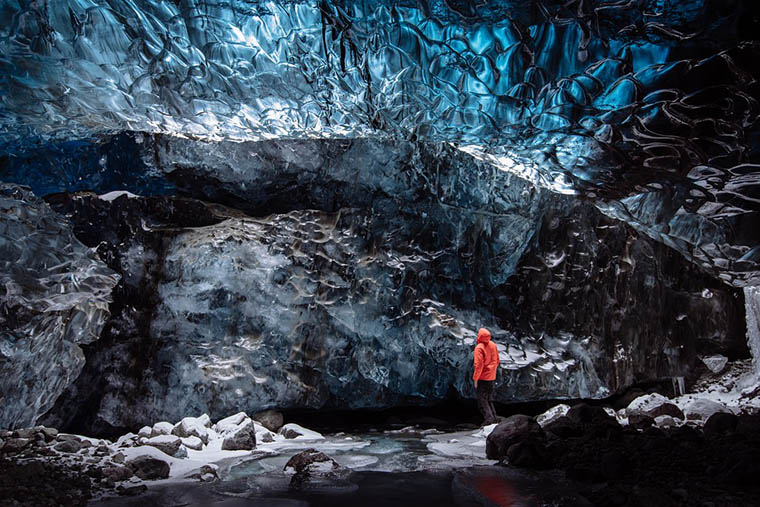
Facts about Alaska glaciers
- There are more glaciers in the US than in all other countries. Most of them are located in Alaska. In total, the glaciers of the US cover an area of 29.000 sq. miles (75.000 sq. km), which is 2.5 times the area of Belgium.
- The number of glaciers in Alaska is estimated at about 100 thousand. No one knows the exact number though, and most of these glaciers don’t even have names.
- There are more than 750 glacier-dammed lakes in Alaska. The largest is Lake Chakachamna west of Anchorage with an area of 28 square miles.
- The Bering glacier in Alaska is the largest in the US and North America. is releasing approximately 7.2 cubic miles (30 cubic km) of water a year, more than twice the amount of water in the entire Colorado River. The Bering glacier is 126 miles (203 km) long and covers an area of ~1900 sq. miles (5000 sq. km).
- Glaciers in Alaska continue to shape the landscape in every way, carving out mountains, depositing fertile soil in valleys, and crashing into the sea.
